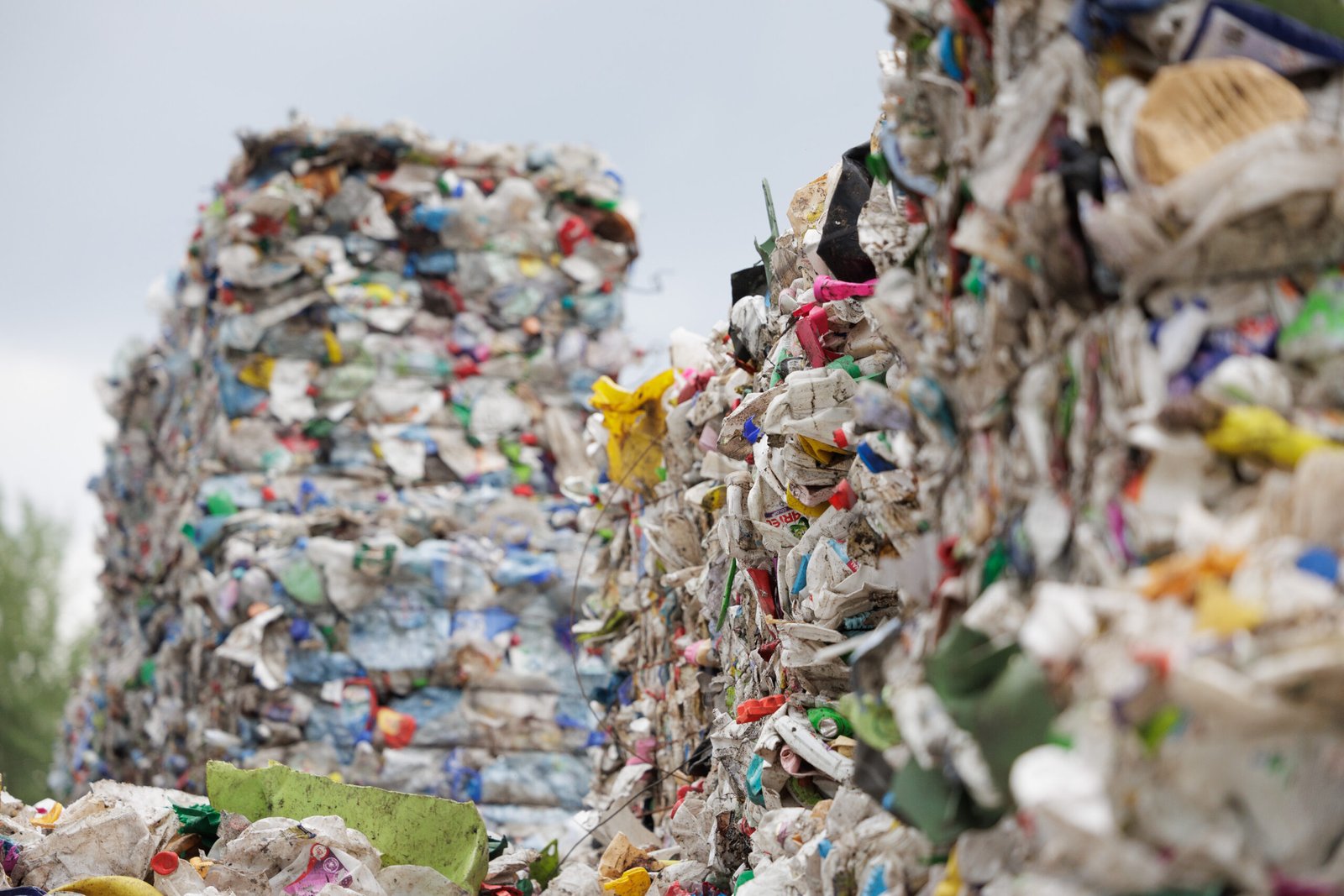Residents of Vilnius and surrounding districts dispose of nearly as much plastic into mixed communal waste containers as they do into the designated yellow plastic sorting containers. Few people are aware that this doesn’t mean the plastic ends up in landfills.
Each year, Energesman, the operator of the mechanical and biological treatment (MBT) plant responsible for sorting mixed communal waste in the Vilnius region, recovers and sends for recycling approximately 11.4 thousand tonnes of secondary raw materials. This includes plastics, glass, metals, paper, and cardboard.
Interestingly, the Vilnius waste sorting plant recovers as many secondary raw materials as the rest of Lithuania combined – around 11.5 thousand tonnes of secondary materials.
“There are still large quantities of packaging and recyclable secondary materials in mixed waste. Our plant alone recovers as much plastic as residents sort into yellow plastic recycling containers,” explains Algirdas Blazgys, Director of Energesman.
In terms of weight, the Vilnius waste sorting plant recovers the most glass – 3,765 tonnes. The second most recovered material is paper and cardboard (2,962 tonnes), followed by plastic packaging (2,348 tonnes).
“Not all the plastic we recover finds a recycler who needs it. We could recover even more plastic packaging if there were enough processors for it,” says the head of the Vilnius waste sorting plant.
Energesman has been sorting and managing mixed municipal waste in the Vilnius region for eight years. Each day, approximately 150 refuse trucks deliver waste to the plant from across Vilnius County, which includes eight municipalities: Vilnius city and the districts of Vilnius, Trakai, Elektrenai, Ukmerge, Svencionys, Salcininkai, and Sirvintos. Waste is accepted and processed daily.

